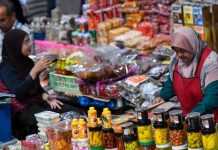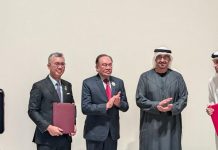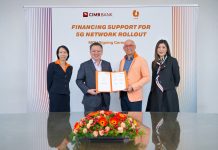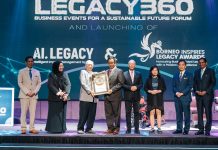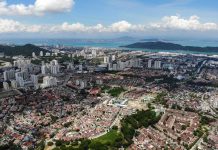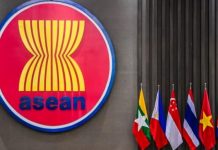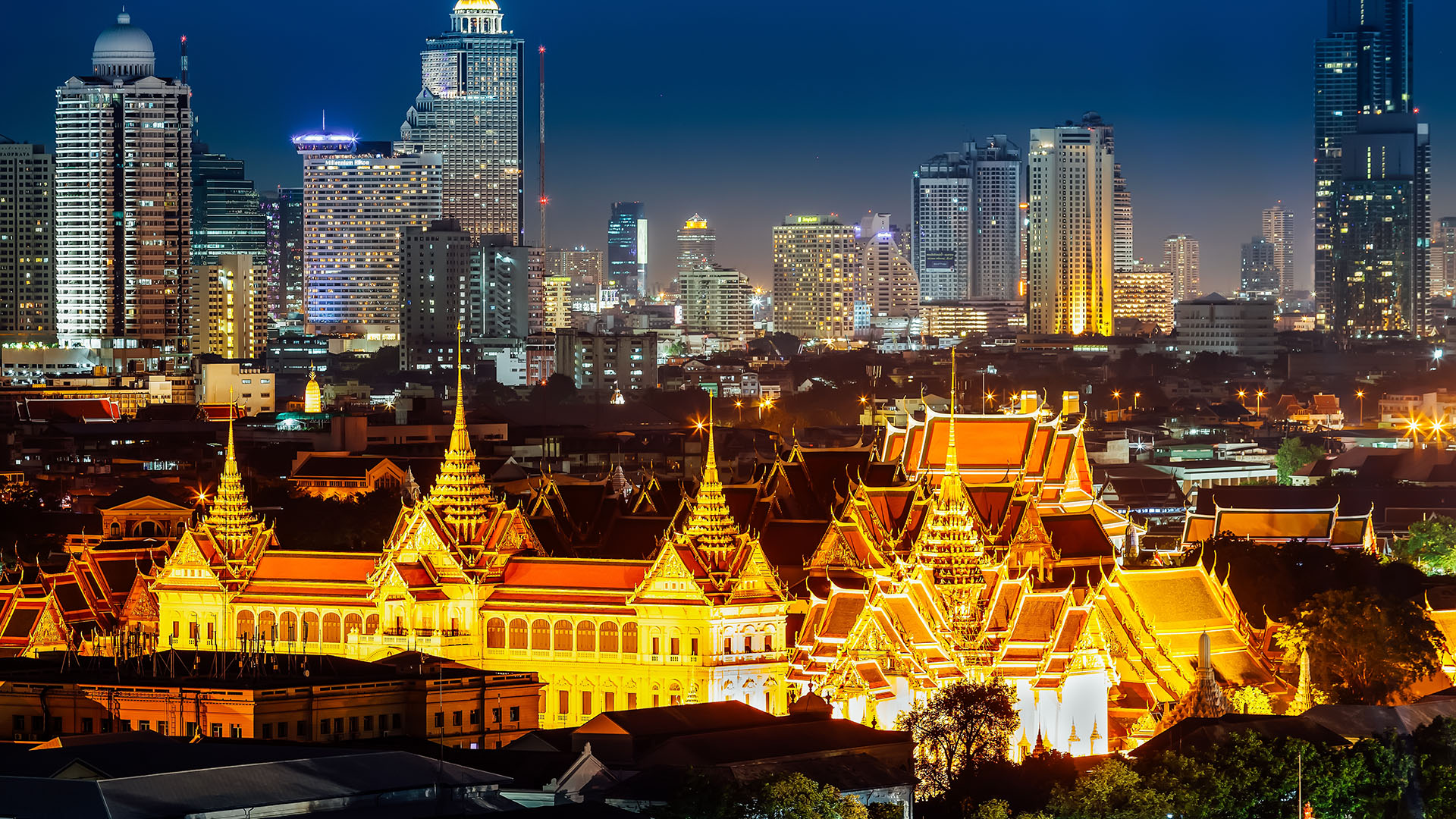
In September, leading business and investment figures from Belt and Road countries gathered in Hong Kong for a series of conferences, roundtables, and project-pitching sessions, including the 9th Belt and Road Summit, held as part of Belt and Road Week and organised by the Hong Kong SAR Government and the HKTDC.
Dr Chula Sukmanop, Secretary General of Thailand’s Eastern Economic Corridor (EEC) Office, participated in the Belt and Road Roundtable on Sustainable Urban Development. Speaking with HKTDC’s Hong Kong Means Business, he discussed the planned new capital city within the EEC.
Dr Sukmanop emphasised the significance of the Belt and Road Initiative (BRI): “Being part of the Belt and Road Initiative facilitates the initial step in approaching funders and building connections. These projects take many years to develop and bear fruit. Without the BRI, developments such as ours would lag behind, limiting our ability to move towards implementation and launch.”
Thailand signed a Memorandum of Understanding with China on the BRI in September 2017. That same year, Thailand’s 20-year national development strategy was adopted, followed by the commencement of the EEC project in 2018.
As Thailand’s flagship development initiative, the EEC spans three provinces east of Bangkok, covering 1.3 million hectares—almost twice the size of Guangzhou—and is home to a population of 2.8 million. It is a major international tourist destination, particularly popular among Chinese visitors.
Industries in the EEC—including advanced manufacturing, biotech, new energy automotive and batteries, and smart electronics—align with the government’s Thailand 4.0 strategy to boost economic growth and transform the country into an innovation-driven economy.
With tax holidays, zero tariffs, and R&D funding, the zone has attracted major companies from China, which is the largest source of investment, followed by Japan, France, Germany, and the USA. Between 2018 and 2022, the EEC received US$50 billion in investments for infrastructure and new manufacturing facilities.
According to Dr Sukmanop, however, the zone’s business and investment strategy must evolve to remain sustainable and resilient in its next development phase. “The pandemic and international political tensions have made it clear that globalisation has changed and that supply chains must be resilient to disruption,” he noted.
“The supply chain structure has shifted towards co-locating suppliers with producers, meaning we need to set up entire supply chains within the EEC, altering our approach.”
He further explained that land must be reserved within the zone to co-locate suppliers and industries within supply chains, while also ensuring an available workforce with skills tailored to those industries.
With 80% of production in the EEC intended for export, efficient logistics infrastructure, including road, rail, sea, and air, is critical. The EEC is modernising and expanding these transport modes to reduce costs and improve operational efficiency.
To cater to investor demand for ESG solutions, the zone is investing in renewable energy and adopting policies to expedite business setup, including flexible visa options for foreign staff.
Dr Sukmanop highlighted the benefits of the new approach: “Concentrating supply chains within the EEC fosters industry clustering. For example, producing cars for export has long been our strength. Building on this foundation, we can create a new-generation automotive cluster that includes trucks, vessels, aircraft, and rail industries.”
Other clusters planned for the EEC include sustainable enterprises, health and wellness, digital technology, tourism, education, and logistics services.
As industries in the zone mature and move up the value chain, EEC leaders are pursuing high-quality urban development to attract and retain a skilled workforce. They recognise that workers driving innovation are globally mobile, technologically proficient, and seek exceptional work and living environments, including access to world-class education and recreational facilities.
Dr Sukmanop said that attracting and retaining such talent is a priority, with a major step being the EEC Capital City urban development project. “The idea behind EEC Capital City is to encourage companies to establish regional headquarters in the central business district while providing a safe, sustainable, and enjoyable living environment for the 350,000 residents who will work in or around the site,” he said.
The new city, developed on a 24-square-kilometre greenfield site, is zoned for multiple purposes, including commercial, residential, recreational, educational, health, and essential public facilities and services.
Thailand’s largest port, Laem Chabang, is undergoing expansion to meet the demands of EEC exporters. “We plan to call for Public-Private Partnership (PPP) proposals next year for utilities like electricity, water supply, and waste management, followed by property development the year after,” Dr Sukmanop added.
By 2027, U-Tapao Airport within the EEC and a high-speed rail link to Bangkok are expected to be completed, attracting residents to EEC Capital City. Further expansion phases are planned for 2028 and 2030.
Dr Sukmanop also recognised Hong Kong’s strengths in urban development and its expertise with PPPs, noting that Hong Kong companies are ideal partners. “Hong Kong is a super connector that provides access to investors across Asia, and the Belt and Road Summit is an invaluable platform for us to raise awareness and attract investment,” he said.
“I welcome interested investors to engage with us on project opportunities. We are open to collaboration and tailoring projects to meet investor needs.”














